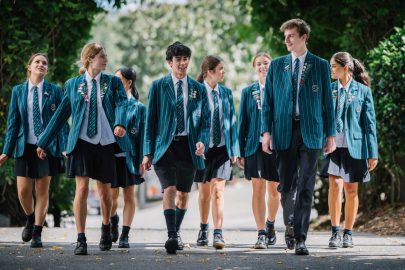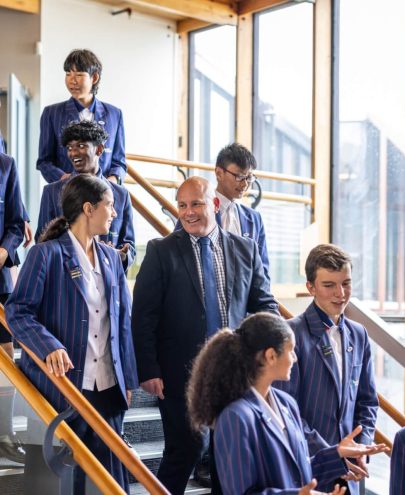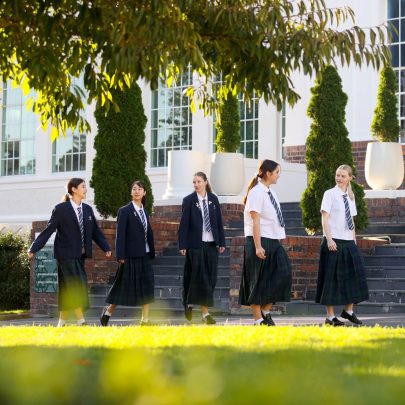Sep 6, 2016 Schools
Above: Tangaroa College (left) versus botany downs secondary college, June 11, 2016.
Pride and pleasure at Tangaroa College in Otara.
This article was first published in the July 2016 issue of Metro. Photos by Simon Young.
The Tangaroa College first XV stood in a huddle on the field, singing a Samoan hymn, deep baritones rolling around in the still, wintry sunlight. If there were any tenors in that team they weren’t letting on. This was staunch; also, very beautiful. Then they formed into a line to stare down their opponents, from Botany Downs Secondary College, who had been waiting respectfully and responded with a ferocious haka.
They were like first XVs all over Auckland, these two teams: big brawny brown boys, with a couple of scrawny boys, also brown, in the halves. The difference here, compared with your more high-profile Grammar-King’s game, say, was that all the Tangaroa spectators and most of the Botany spectators lining the pitch were brown as well.
Tangaroa is a decile 1 school in Otara, where the roll is 75 per cent Pasifika and 20 per cent Maori, with a few Palagi and Asian students squeezed in for the lols.
The roll is 50:50 boys and girls, and the gender achievement rates are surprisingly comparable. If the girls tend to do better, it’s only by a little. In 2015, the pass rate for Year 13 girls sitting NCEA level 3 was only 0.5 per cent ahead of the boys, and at Year 11, in NCEA level 1, the boys actually shaded the girls by 0.2 per cent. Such results are very rare in any school at any decile level.
And it’s not because the girls did badly. On this set of stats from last year, girls and boys both outperformed the students of most other low-decile schools in Auckland. The only ones to do better were Manurewa College and a couple of Catholic schools.
Tangaroa College is a success story. They’re proud of what they do there, and you don’t have to spend long, with teachers or students, to see that. However, there is one statistic that has compromised the success. Last year, as in previous years, the numbers of boys and girls were roughly equal at every level — until Year 13. While most girls stayed for that fifth and final year, half the boys left.
Everyone in education agrees it’s not good to lose students before the end of the full five years of secondary schooling. It may help a school look better in some of the stats, but it doesn’t help the students. For most, the longer they stay, the better they will do when they leave.
At this school, they know that. They haven’t liked losing those boys and they’ve put a bunch of things in place to stem the flow. It seems to be working: in 2016, says principal Ngaire Ashmore, many more of the boys have stayed. What’s going on at Tangaroa?
Head boy Tony Fa’amatuainu is in the school’s Construction Academy, a new Year 13 unit that offers, in association with the Manukau Institute of Technology, courses geared to careers in the construction industries. If he’d preferred, he could have chosen the Services Academy, which operates across Years 12 and 13 for students wanting to join the armed forces or the police. Or if wellness, say, or PE were more his thing, he might have preferred the Health Science Academy.
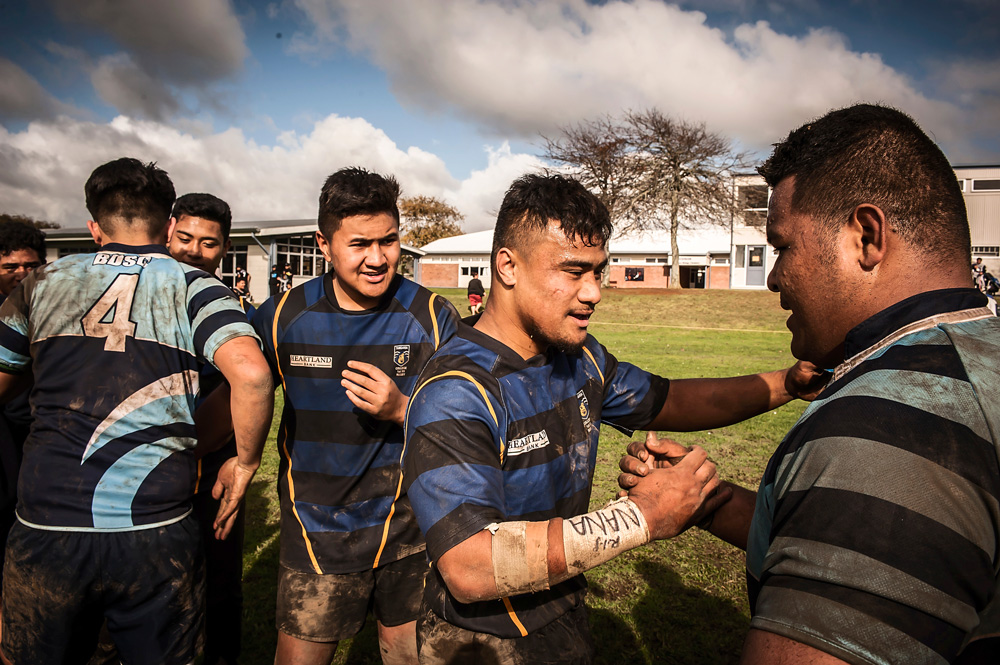
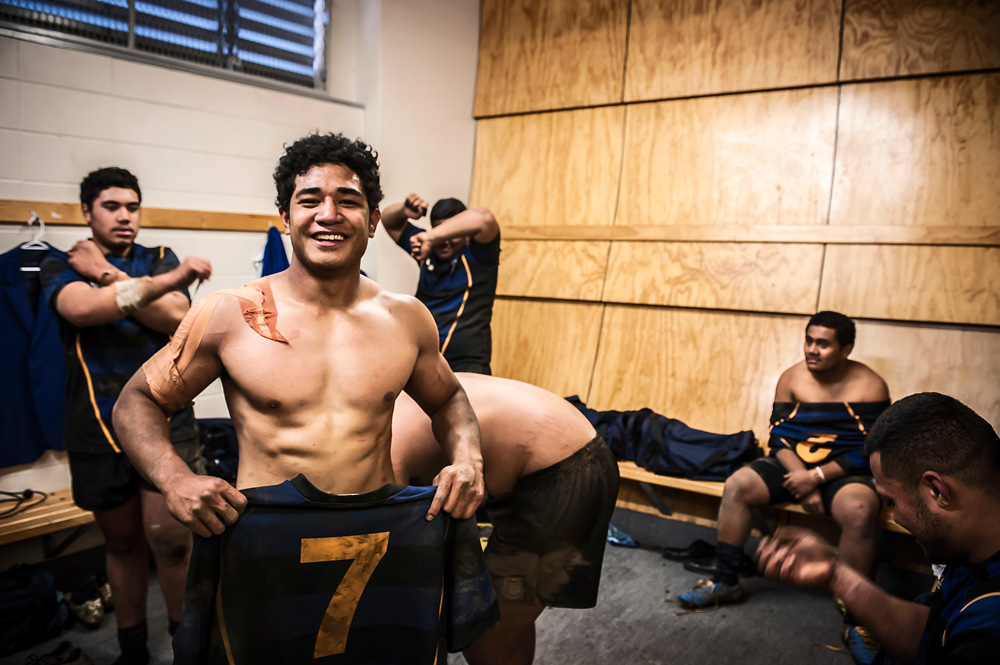
Academies are a cornerstone of Tangaroa’s programme to keep boys in school for longer. They’re vocational and transitional, bringing some of the outside world into the school and focusing students’ learning around the things they are perhaps most engaged with anyway.
It doesn’t stop there. Tangaroa is part of the University of Auckland’s Starpath Project, a major research effort aimed at boosting tertiary education among people who don’t usually go that far.
Like most schools, they’re big on “formative assessment”: measuring each student’s achievement in order to form the next set of goals for that student.
This is different from “summative” assessment, the sort of thing most end-of-year exams do, where achievement at one level confers access to the next.
Summative assessment is not personalised or goal-focused. The test looks back without also looking forward and the next block of work is as pre-ordained as the last.
Tangaroa College is a success story. They’re proud of what they do there, and you don’t have to spend long, with teachers or students, to see that.
Formative assessment is “the whole landscape now”, says Ashmore, but doing it well is harder than you’d think. Teachers have to be flexible enough to juggle 20 or 30 individual learning programmes in the classroom — they’ll overlap, but they won’t be the same. They have to keep giving feedback: helping each student define their goals, plan how to achieve them and understand their own progress. And feedback’s a two-way thing: teachers have to help students help teachers to do their jobs better.
The school has identified “priority learners”: students who “might need something extra, or something different”, as Ashmore puts it. The designation automatically includes all Maori students, which required some explaining to several parents. But the school knows that as a group, Maori have done less well than others, and it wants to fix that.
It’s hard, though. Ashmore says every year they turn over about a third of their Year 9 students. Those are kids following itinerant parents from one home to the next, uprooted from schools and friendships and everything else in their lives. Schools can’t fix that.
And yet they have to try. Tangaroa works with the families. That mad progression of six-minute parent-teacher interviews lots of schools still use? Doesn’t happen here. They meet earlier and have longer mid-year meetings. They talk more with parents and whanau, in person and online, in the school and in the home.
They know this is critical. Students need a home life that supports them being in “the learning mode”. But if the family at home is transient, or large and complex, or has health or employment issues, or all of the above, it’s harder for kids to stay in that mode. If adults in the home didn’t have a good experience of school and don’t see the need to be supportive, it’s harder again.
Hardest of all is when the adults’ own experience of not doing well means they believe their kids won’t — and can’t — do well either. Because the kids learn to believe it, too. “In their own minds,” says Ashmore, “students see themselves as being not as good. Not all of them, but some of them. Too many of them.”
Catholic schools know this. For better or worse, the family teaches the child. State schools are learning it.
Ashmore also talks about the importance of broadening the students’ world. All principals do. So while the girls at Dio might be setting their sights on that drama trip to New York and London, on one of the days I visited Tangaroa, some of the students were getting ready for an outdoor education trip into the Kaimai Ranges. Yes, it was winter. On another, the choir was rehearsing for the Big Sing contest in the Auckland Town Hall.

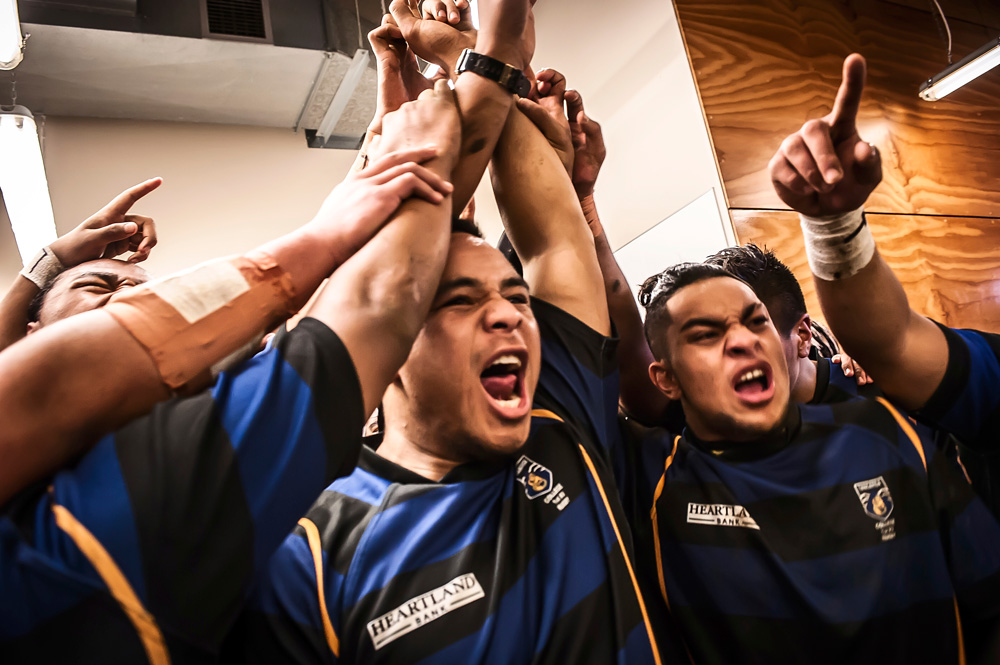
Big Sing is a remarkable event. Singing, like rugby, is one of those things where wealth doesn’t determine achievement. On the three days of the Auckland regional finals in June, the Town Hall thronged with students from dozens of schools, large and small, state and private. Dio, King’s and St Cuth’s were there in strength, and so were schools north of the bridge, and so was South Auckland. In one afternoon session this year, an almost entirely Pakeha choir from Long Bay was followed by an almost entirely Asian boys choir from Macleans and then the almost entirely Pasifika choir from Tangaroa. Big Sing is Auckland.
Tangaroa takes it seriously. You have to audition to get into the choir, and they rehearse hard. At Big Sing, they do three songs: something from a classical Western tradition, a New Zealand or Pasifika song, and an “other styles” option. Tangaroa’s choices were “Hine e Hine”, a Maori classic it’s quite easy to do well but, because it’s so well known, almost impossible to make distinctively great; a Xhosa folk song from southern Africa which has fiendishly difficult rhythms as well as the usual multi-part harmonies; and a 19th-century lieder by Josef Rheinberger — a song that requires a haunting purity of tone. No pressure then.
In the rehearsal room after school on the last day before the comp, Grant Langdon stood before them in hoodie and shorts and told them they were good but not good enough. He’s the Year 13 dean as well as head of music and performing arts, and in his friendly, focused way, he said, “Every time you sing, you have to be better than the last time. You’ve got 80 per cent. I want 20 per cent more.”
They’re not grossly underresourced: the two music rooms “probably have about $60,000 of equipment each”, said Langdon. The choir mostly sang a capella, but to find their notes they used the electric baby grand standing in the corner.
He doesn’t run the choir: that job falls to first-year teacher Moira Aneru, who is a singer and composer herself. Like Langdon, she’s found a way to seem relaxed and remain determined.
The kids fooled around. They started to sing, Aneru stopped them, they started again and it was fine. It was like that for well over an hour. These kids can sing like angels, the boys and the girls, but standing still and keeping quiet, that’s harder.
Partly, they were hungry. The number-one joke: they were always hungry. Partly, they were excited. Partly, they just liked being with each other, having fun, doing this thing, making it good. I tried to remember when I’d last been in a room with such keen, smiling people.
And with such quick wit. “The teachers want you to perform for them in the staffroom on Friday before school,” said Langdon. “Will they feed us?” came the whiplash response.
And in that room with its posters and moulded plastic chairs and indestructible carpet, when all the jokes were set aside, they produced breathtaking loveliness, over and over. And then went back to jokes. And then went back to beauty.
In the competition the next day, in their specially provided new choir uniforms, they stood nervous, proud and still on the big stage, and filled the hall with that beauty.
At high-decile schools, what they tell you all the time is that it’s such a joy to teach kids who want to learn. Langdon and Aneru have kids who want to learn, too, but it’s not a given. They’ve made it rewarding, for them and the kids, by a kind of alchemical psychology: they go with the flow and push against it, too.
Academies, better assessment methods, a home-and-school focus, aiming as high as high can be, performing and reinforcing values through extra-curricular school life as well as the classroom, and instilling confidence… boys at Tangaroa are staying and achieving.
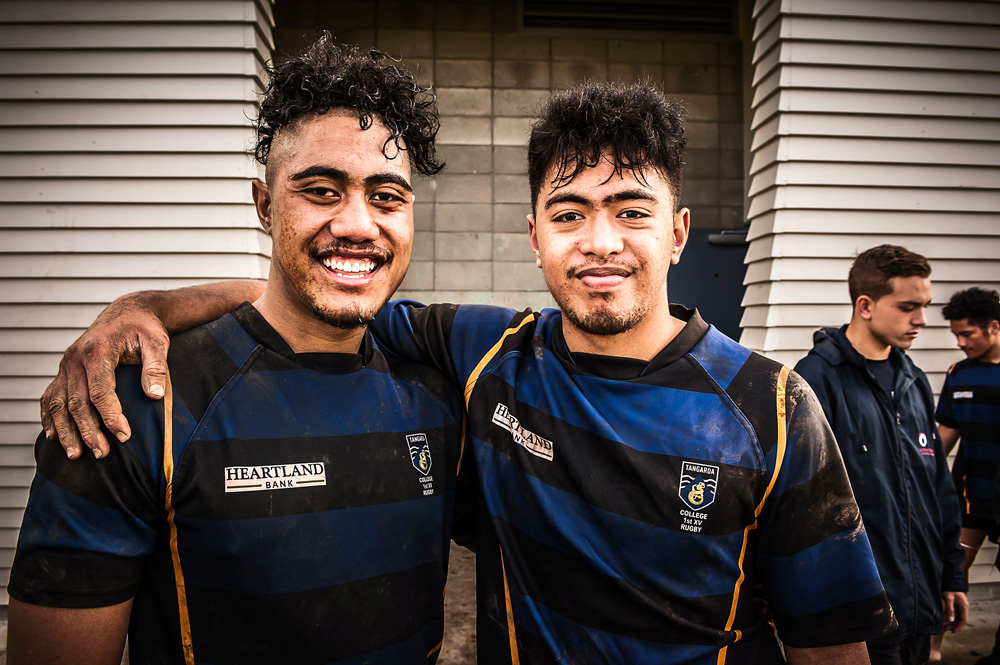
Most of those things were also on display in the rugby game against Botany. The Tangaroa team, which includes some of the Big Sing choir, is young, with a couple of 15-year-olds and only five Year 13s. They’re rebuilding after being relegated from the 1A division last year. The plan is to create a team that’s strong enough to win promotion and then stay up.
You can see it in the style of rugby they play, which is all about the team. That Saturday, the forwards conceded almost no turnovers; the backs kept passing and the passes stuck; everyone tackled and tackled. They had fun, and Botany did, too: the game was played in a spirit of delighted enthusiasm, which didn’t detract at all from each side’s deep desire to win.
Tangaroa attacked with determined patience, and with just a few minutes left, down 12-10, they were twice held up over the line. The crowd was all gasps and OMGs. The team didn’t crack. Finally, another long passing movement sent the left wing crashing over.
Tony Fa’amatuainu is in the first XV, although he was injured and running the touchline that day. He said being part of a good team wasn’t a goal in itself. “We have to do well in class or we don’t play.” Each week? “Yes, each week.” He grinned and looked me in the eye.
Did he like the policy? “Yeah. It’s good. School’s not just about sport. Mrs Ashmore made us see that.”
Success on the paddock is directly linked to success in the schoolroom. Tangaroa hasn’t lost a game this season. They’re on track.
And yet, for a school like this, success will always be precarious. The wealthy schools, state as well as private, have sports scouts and money for sporting scholarships, not to mention academic ones. When they woo away the best and brightest — the students, the players and even the coaches — it’s portrayed as good news for those who go. But it’s extra tough on those left behind.
There’s one other thing about Tangaroa that would be obvious to any visitor. It’s clean and really tidy. Hardly any litter. Gardens tended. Buildings mainly in the simple, elegantly modernist brick-and-weatherboard style of the 1970s, with a lot of prefabs: all of them cleanly painted. Nothing is broken; there’s no graffiti. Each building has a big sign on it, not so much because the students may get lost, but because of what it signifies: purpose.

